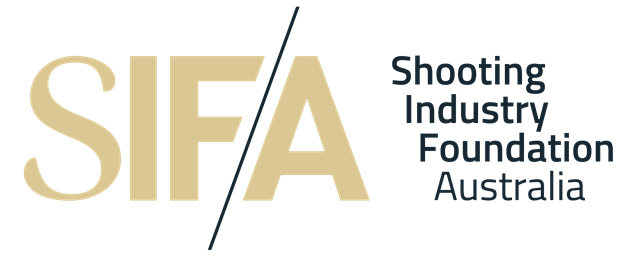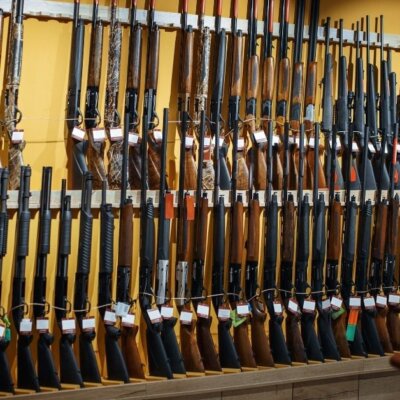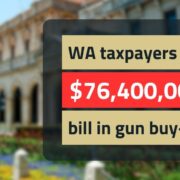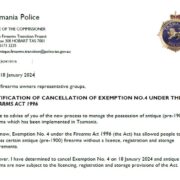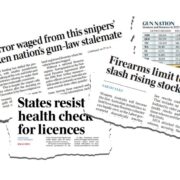Shooting Industry Stakeholder Consultation
The Shooting Industry Foundation of Australia (SIFA), recognises that:
- Under the Australian Constitution, the states and territories have primary responsibility for the management of firearms in Australia.
- The Commonwealth has responsibility for international and inter-state trafficking offences and the import and the export of firearms and firearm-related articles.
- Consultation typically occurs at a jurisdictional level; however, the Firearms and Weapons Policy Working Group (FWPWG) brings together firearm registry managers and policy representatives from all jurisdictions and is accountable for delivering national consistency in firearm regulation.
Key messages:
- The core of the regulatory challenges facing the Australian shooting industry is that firearms are viewed as an operational law enforcement matter rather than a matter of sensible and impartial industry regulation. This myopic approach shapes the regulators style and attitudes towards consultation.
- Prior to amending firearms regulation, Governments must conduct appropriate and genuine stakeholder consultation to understand the full impact of any proposed regulatory changes.
- Regulators must conduct themselves in a manner which is consistent with the Principles of Best Practice Regulation and the Regulator Performance Framework.
SIFA position:
- SIFA will strive to make a constructive contribution to any stakeholder engagement process it is involved in.
- For SIFA to lend its support to proposed regulatory changes following a consultation process.
- The regulator must clearly articulate the risk to community safety that they are seeking to mitigate.
- The evidence of this risk must be provided in detail.
- SIFA needs to understand how the proposed process or provision and its administration / compliance monitoring and enforcement is intended to control / mitigate the risk.
- The consultation must assess existing controls already in place and consider their effectiveness. (i.e., often an activity / action is already illegal but existing compliance monitoring and enforcement is ineffective – addressing the shortfalls in regulator effectiveness may be a better approach).
- All alternatives must be explored and actively considered, and all red tape reduction tests must have been applied.
- If a risk demonstrably needs to be controlled, it is controlled once at the most effective point.
References:

